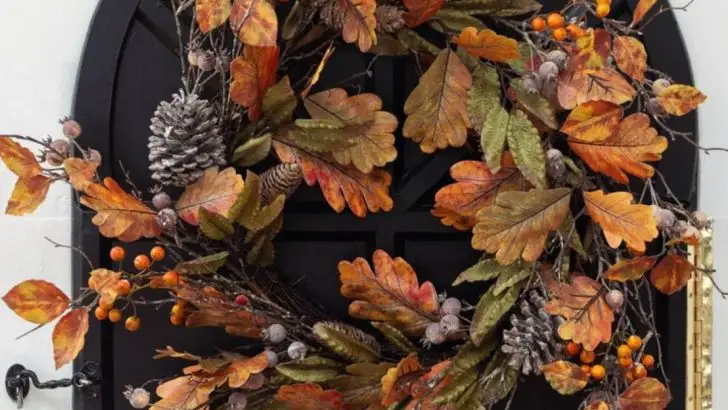Instead of bagging up all those fallen leaves this autumn, why not put them to good use? Leaves are a natural resource packed with nutrients that can benefit your garden in multiple ways, saving you time, money, and effort.
In this article, we share 10 clever ways to use fallen leaves in your garden, from creating rich mulch to improving soil health and even supporting wildlife habitats. With just a little know-how, those piles of leaves can become a powerful tool for a healthier, greener garden.
Turn fall cleanup into an opportunity to boost your garden’s success naturally!
Leaf Mulch
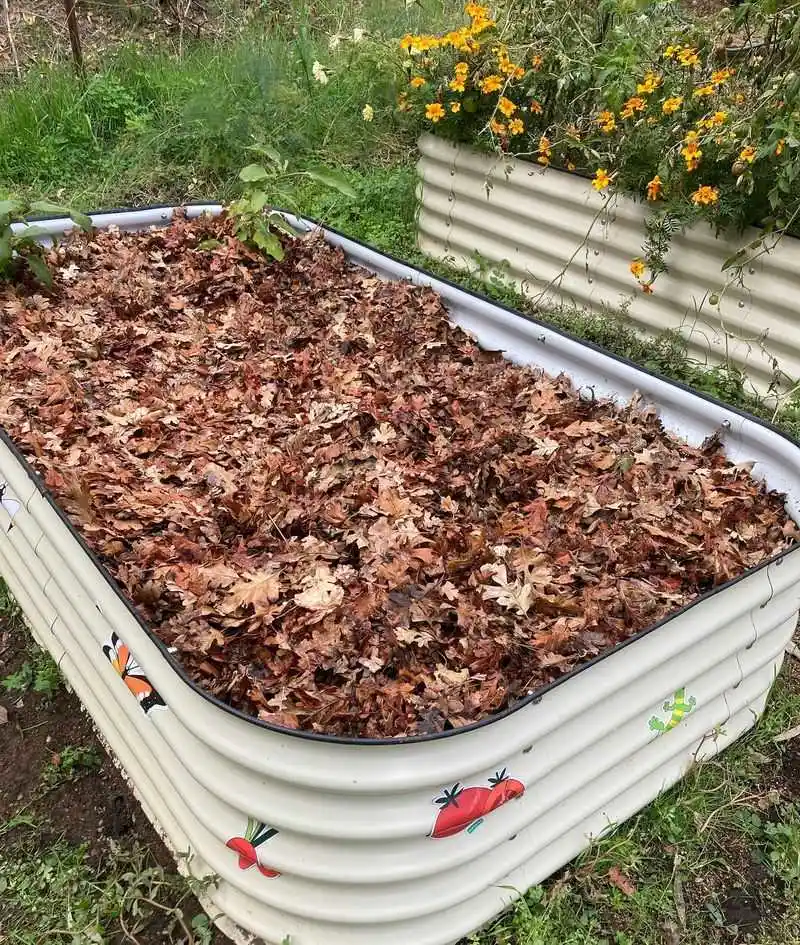
Turn your garden into a thriving oasis by using fallen leaves as mulch. Their breakdown enriches the soil with vital nutrients. Spread a layer of shredded leaves around plants, shrubs, and trees to regulate soil temperature and retain moisture.
This natural mulch decomposes gradually, feeding your plants and improving soil structure. It also helps suppress weeds, cutting down on garden maintenance. A keen gardener can appreciate how this simple practice leads to a healthier garden ecosystem.
Compost Ingredient
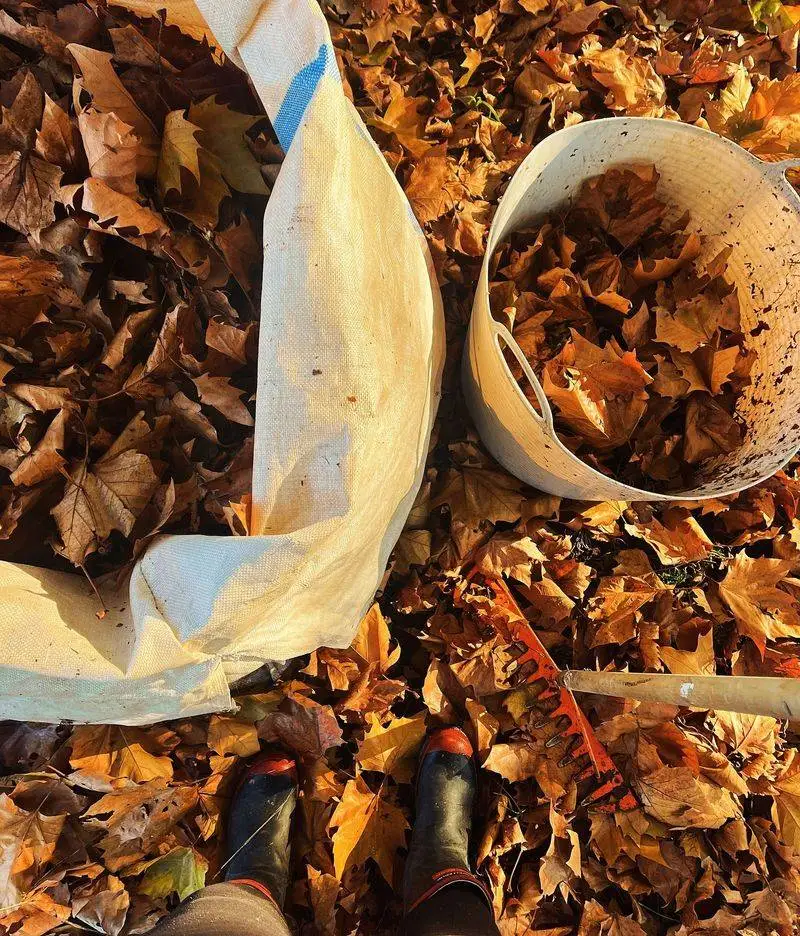
The magic of composting turns ordinary garden waste into a gardener’s treasure. Fallen leaves are an excellent carbon-rich addition to your compost bin.
Balance them with green materials like kitchen scraps to create nutrient-rich compost. Over time, this mixture breaks down into a dark, crumbly substance perfect for enriching soil.
Incorporating leaves into your compost ensures that none of your garden’s bounty goes to waste, closing the loop in your green space.
Leaf Mold
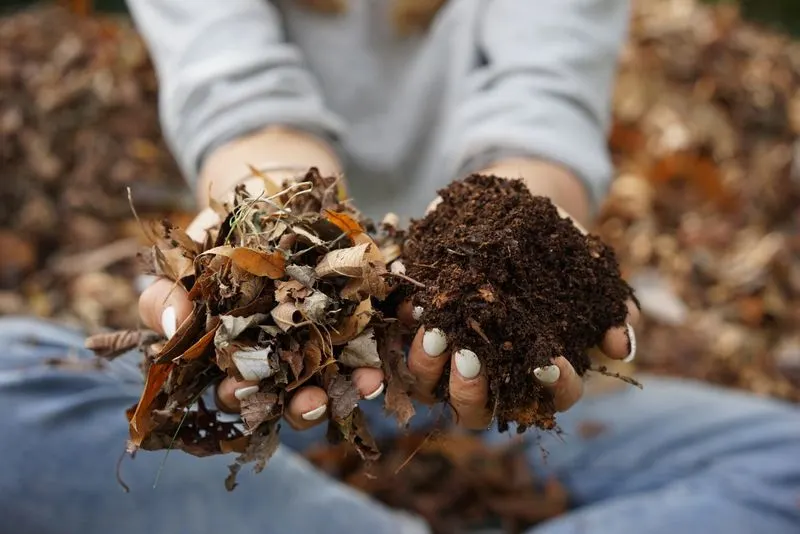
Leaf mold is a gardener’s secret weapon for soil improvement. Pile up your fallen leaves in a corner of your garden and let nature do the work.
Over time, they decompose into leaf mold, a rich soil amendment that enhances moisture retention and soil structure. This natural process requires patience but rewards you with a conditioner that plants love.
Leaf mold is especially beneficial for improving heavy clay soils, making them more workable and fertile.
Winter Protection

Winter can be harsh on plants, but fallen leaves provide a protective shield. Spread a thick layer over fragile perennials and root crops to insulate them from freezing temperatures.
This leaf blanket helps maintain a stable soil temperature and prevents frost heaving, where plants are pushed out of the ground. In spring, the leaves break down, revitalizing your garden with nutrients.
This practice not only protects but also enriches, ensuring a bountiful return come growing season.
Pathway Material
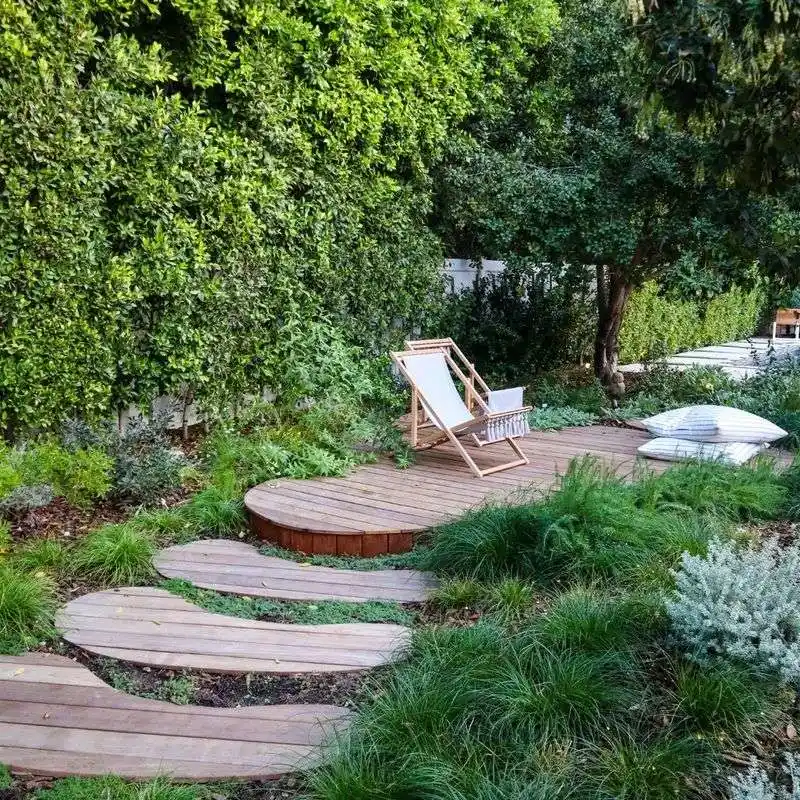
Create charming garden pathways using fallen leaves. Their natural beauty adds a rustic charm and crunch underfoot.
Spread leaves along garden paths to prevent mud and erosion. Over time, they’ll break down, adding organic matter to the soil beneath.
This method not only enhances the aesthetic appeal but also supports a sustainable gardening practice. Enjoy the sensory delight of walking on leaves as they enhance your garden’s landscape.
Wildlife Habitat
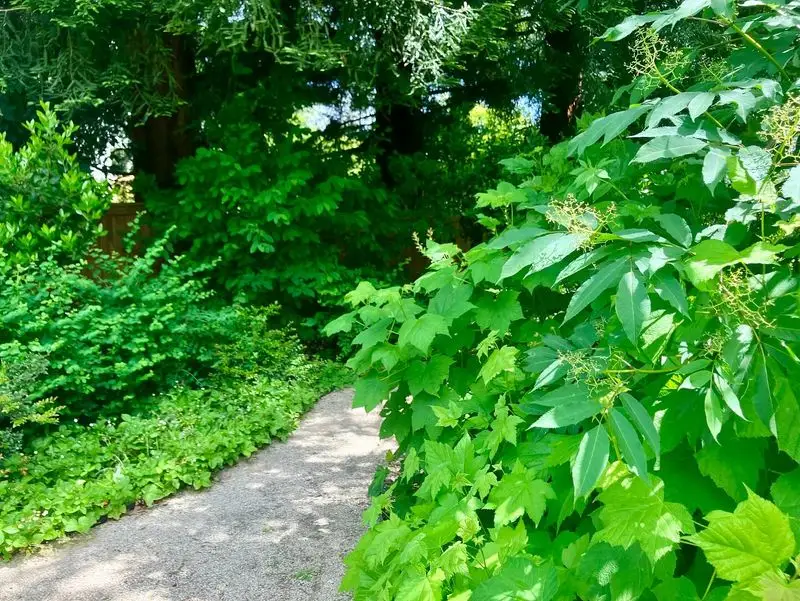
Fallen leaves offer a sanctuary for many garden creatures. Piles of leaves provide vital habitat and food sources for insects, birds, and small mammals.
Creating leaf piles in quieter garden corners encourages biodiversity. These spaces support beneficial insects and pollinators, contributing to a balanced ecosystem.
Observing wildlife attracted to these shelters can be a delightful experience, adding life and movement to your garden.
Natural Fertilizer
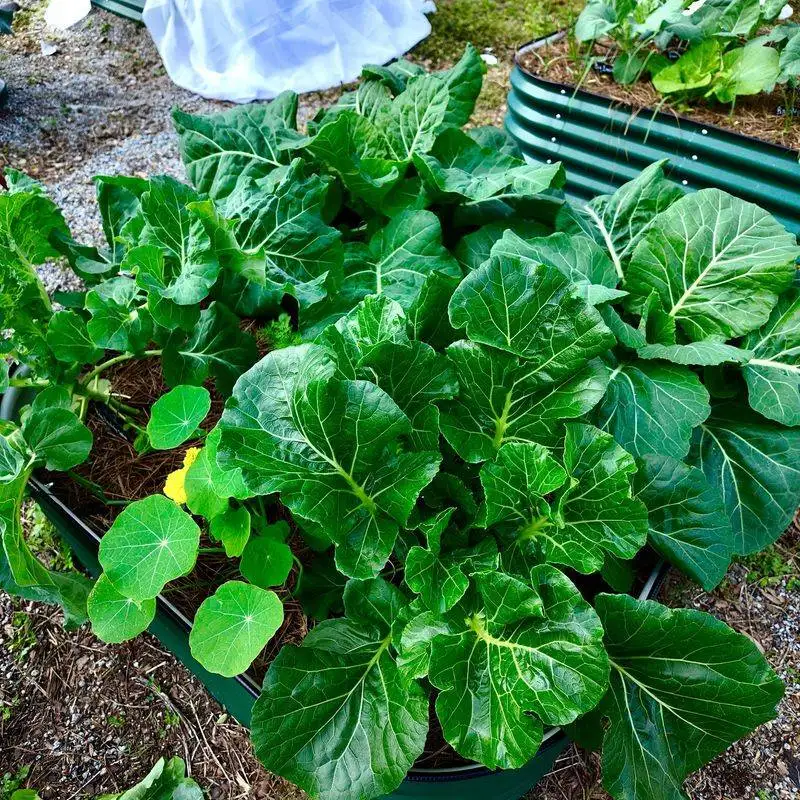
Shredded leaves make an excellent natural fertilizer. By layering them into your garden beds, you introduce a slow-release nutrient source.
As they break down, they enrich the soil with essential nutrients, improving its fertility. This method is as simple as raking leaves into your garden and letting nature take its course.
Using leaves as fertilizer is not only cost-effective but also reduces waste, promoting a sustainable gardening cycle.
Seasonal Decoration
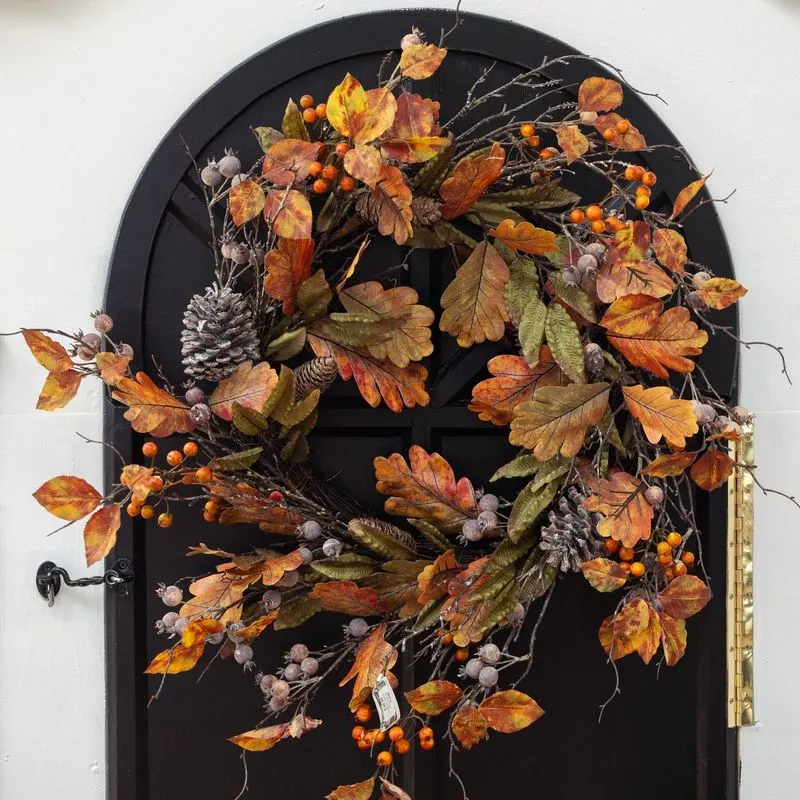
Why not decorate with nature’s palette? Autumn leaves can be transformed into stunning seasonal decorations for your garden.
Create eye-catching displays by arranging leaves with pumpkins and gourds. Use them to adorn garden tables or create charming wreaths.
These natural decorations celebrate the season’s beauty and add a personal touch to your outdoor space, making it inviting and picturesque.
Leaf Tea for Plants
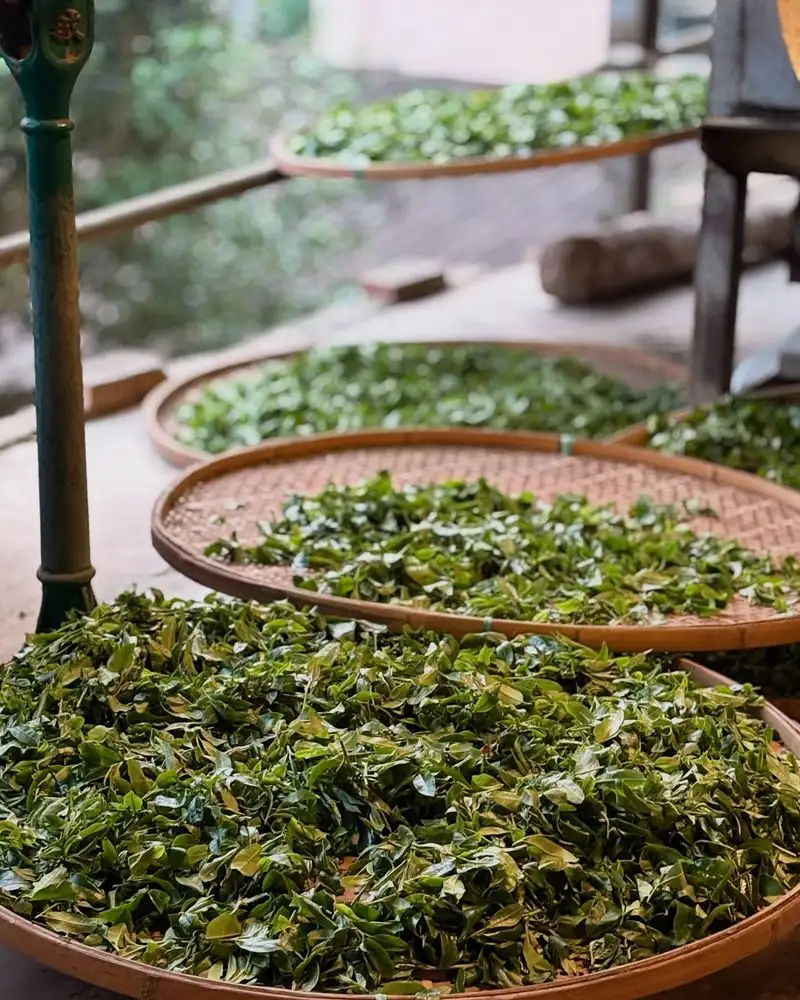
Brew a nourishing leaf tea to boost plant health. Steep fallen leaves in water for a few days to extract their nutrients.
This liquid fertilizer can be used to water plants, giving them a gentle nutrient boost. It’s a simple, resourceful way to recycle garden waste.
Leaf tea is particularly beneficial for container plants, providing them with readily available nutrients to thrive.
Erosion Control
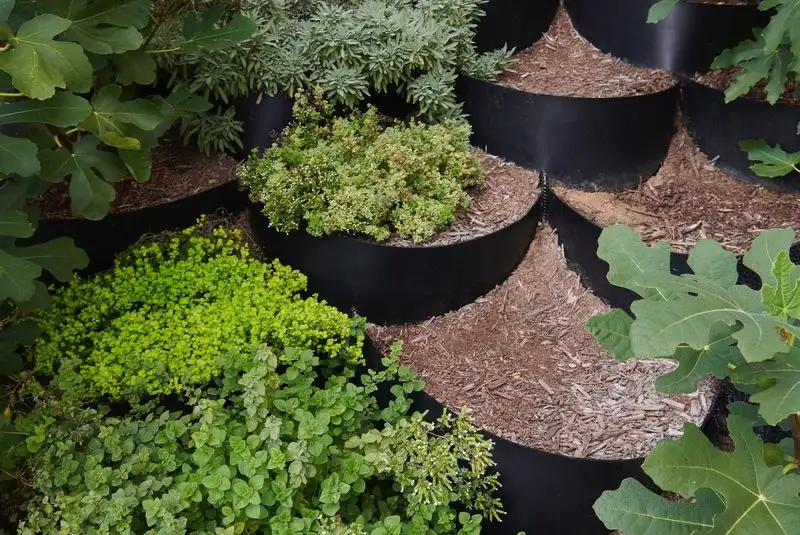
Fallen leaves offer a natural solution for controlling erosion on slopes and bare patches. Spread leaves over vulnerable areas to protect soil from wind and water erosion.
This organic layer helps hold the soil in place, reducing the risk of landslides and nutrient loss. Over time, it decomposes, adding nutrients back to the earth.
Using leaves for erosion control is an effective and environmentally friendly practice that benefits both garden health and the surrounding environment.

